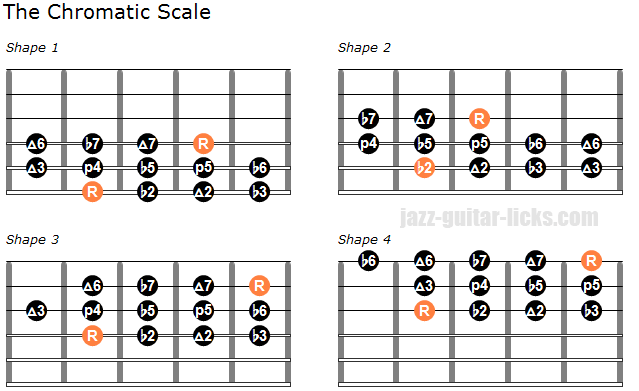

This takes time, but will really improve your speed over time. Your speed and accuracy are improved when you think ahead and keep you fingertips near the fret they will be moving to for the next note.As you view the video, notice the following points: One of the videos Wayne & John produced recently walks the student through this exercise. Having a short video to review the material is invaluable to me. As a continuing student myself, I find that I forget about half of the lesson between the time I leave the studio and the time I sit down for my next practice. Video is a great tool for any guitar instruction studio. Their students can then review the video from home. Our friends at Wayne's World of Music frequently video tape snippets of lessons. Uses To Improve Warm up, Practice Efficiency, Accuracy, and Speed Training You might also benefit from reading the article called Guitar Scales. If these definitions are not clear, don't worry, you will see a great example in a moment.įor another, and longer discussion of scales, visit my article on Scale Theory. You can also play these twelve notes on adjacent strings, as long as you play the same 12 notes. There are twelve semi-tones, or half steps, to an octave in the chromatic scale."įor our purposes, when played on a guitar you might re-write this definition as follows: A sequence of twelve notes, played on adjacent frets. The Virginia Tech Department of Music defines it as "A scale which divides the octave into its semi-tones. More technically, this type of scale includes 12 semi-tones (a semi-tone is a half-step, which is the same as one fret on a guitar).
Guitar chromatic scale series#
Simply put, you create chromatic scales any time you play a series of notes located on adjacent frets. If you practice it regularly, this simple scale can increase your speed and accuracy. Once you understand the chromatic scale, you can begin to use it to warm up or as an effective practice tool.
Guitar chromatic scale free#
If you have any questions about the information above please feel free to shoot me an email.Using The Chromatic Scale For Warm up, Practice, Speed, and Accuracy! Along with being easily remembered since they use familiar scale based patterns already in our muscle memory. I feel that these fingerings represent the most straight forward approach. There are of course endless ways you could play a chromatic scale on the bass. The diagrams below again give you my suggested fingerings. Both of these start with the first or index finger. I have included fingerings in the diagrams below.įor chromatic scales starting on the upper strings of electric bass again we have two approach’s, this time the main difference is which string you will stay on the longest, the G or the D string. In either case you will shift back two times to get the additional notes needed to complete the scale. Either a major scale based finger pattern starting with the second or middle finger or the minor based finger pattern starting with the first or index finger. Lower Stringsįor the lower strings on the bass you can approach the Chromatic Scale two ways.

All while trying to keep the left hand shifting to a minimum. Each of these have two finger patterns that I find to be the most effective and intuitive. The “upper” G&D strings or the “lower” A&E strings. I have divided my approaches to the chromatic scale based on where on the instrument we are starting.

The starting note(and ending note) are the only “variable”. Thus in theory there is only one chromatic scale. To start a chromatic scale is a musical scale containing twelve pitches all a semitone or half step apart.


 0 kommentar(er)
0 kommentar(er)
